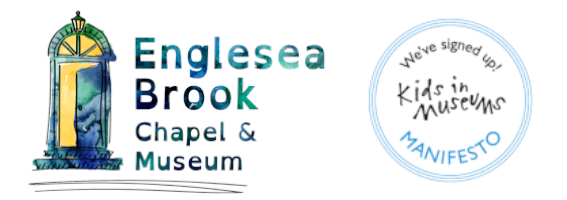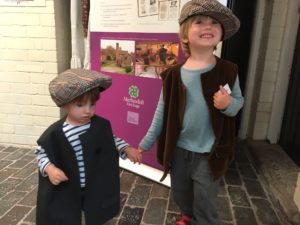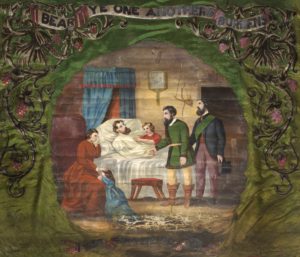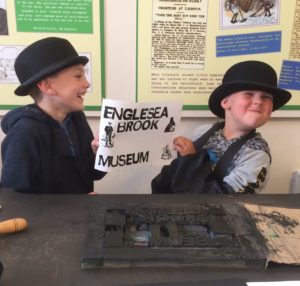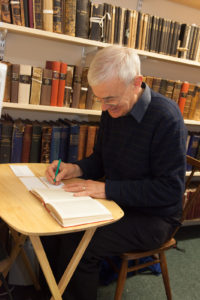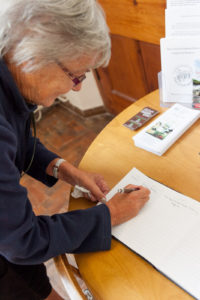The Museum of Primitive Methodism is in the Hugh Bourne Memorial School, which was buiIt in 1914. It tells the story of this 19th century working class movement which transformed people’s lives, with its message of ‘Freedom, Equality and Fraternity’.
Primitive Methodists became leaders of the early trade unions, fighting for better working conditions. Joseph Arch was the first leader of the Farm Labourers Union, and Peter Lee had a new town named after him as a tribute to his work for miners. It is rightly said that, ‘the Labour Movement owes more to Methodism than it does to Marx’.

Joseph Capper, a blacksmith, was a leader of the Staffordshire Chartists. Another Chartist was Emanuel Lovekin, who was found guilty at Shropshire Assizes in 1842 of ‘conspiring to raise the rate of wages’!
Our Exhibitions and Displays change regularly, so there is always something new to see. Recent exhibitions have been on Temperance, and Conscientious Objectors. We explore the links between our heritage and contemporary issues.

Key objects to look out for are
- First Primitive Methodist Pulpit, used in John Smith’s kitchen in Tunstall from 1807.
- Hugh Bourne’s boot! He walked 30–40 miles every day, and when his feet were too swollen to walk they put leeches from the Brook on his feet.
- First organ to be used in a Primitive Methodist Chapel in 1828, in Silsden in Yorkshire.
- The Printing Press, set up by Hugh and James Bourne at Bemersley Farm, and used to produce a wide range of Primitive Methodist publications, 1821-43.
Englesea Brook is one of four key Methodist heritage sites, which are all Accredited Museum. The others are Wesley’s Chapel in London, The New Room in Bristol and John Wesley’s birthplace at Epworth. The Museum opened in 1986, and is the major historic site for the Primitive Methodist movement.
